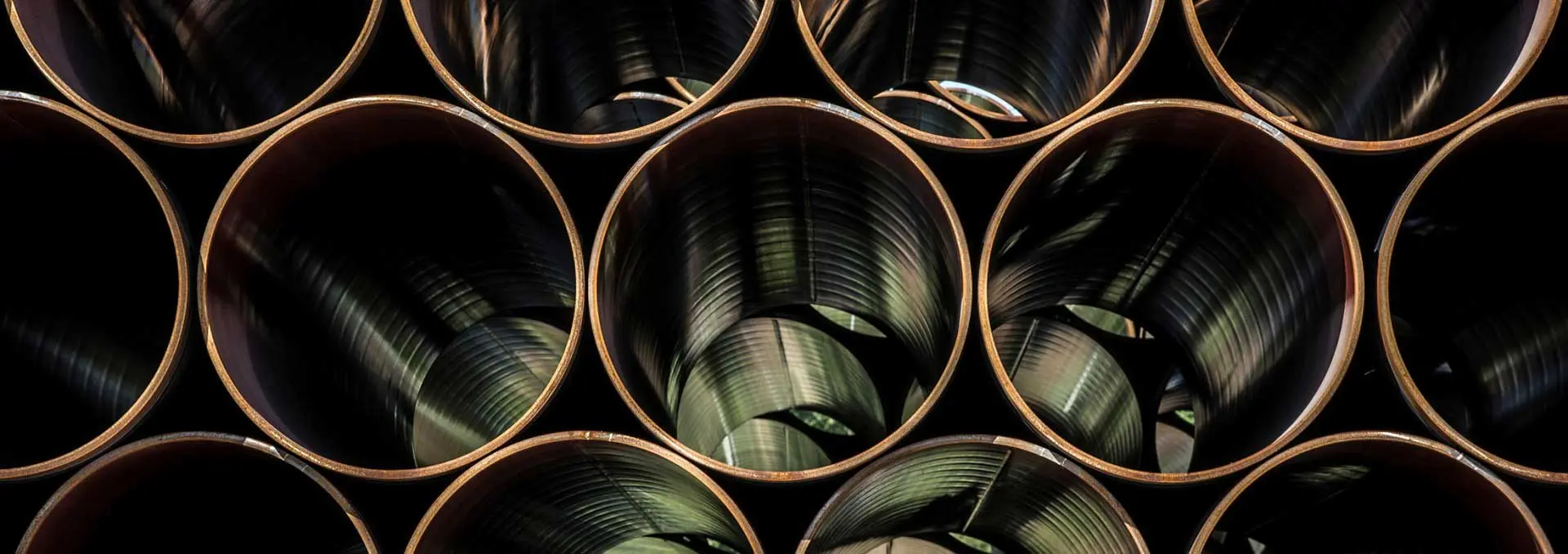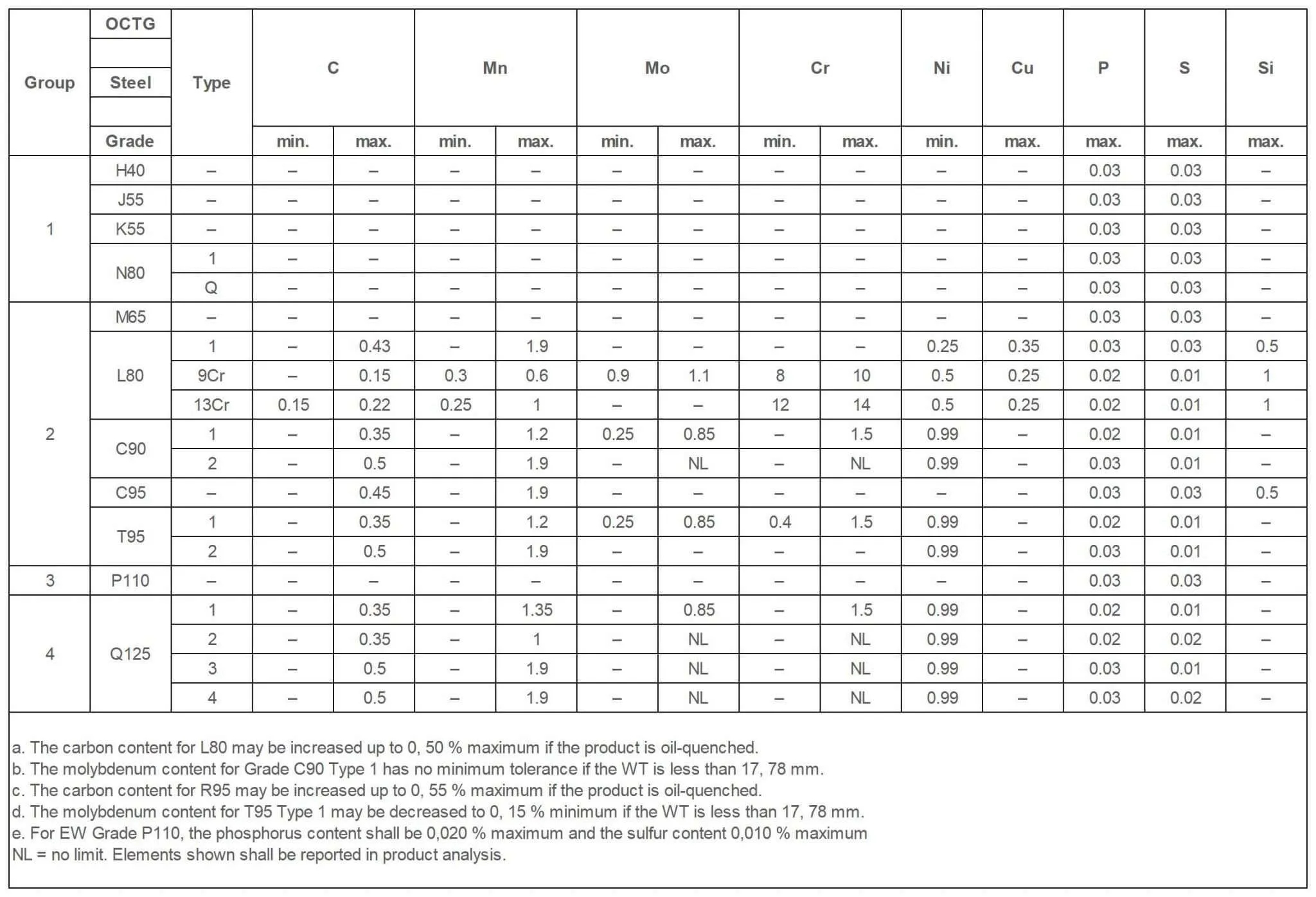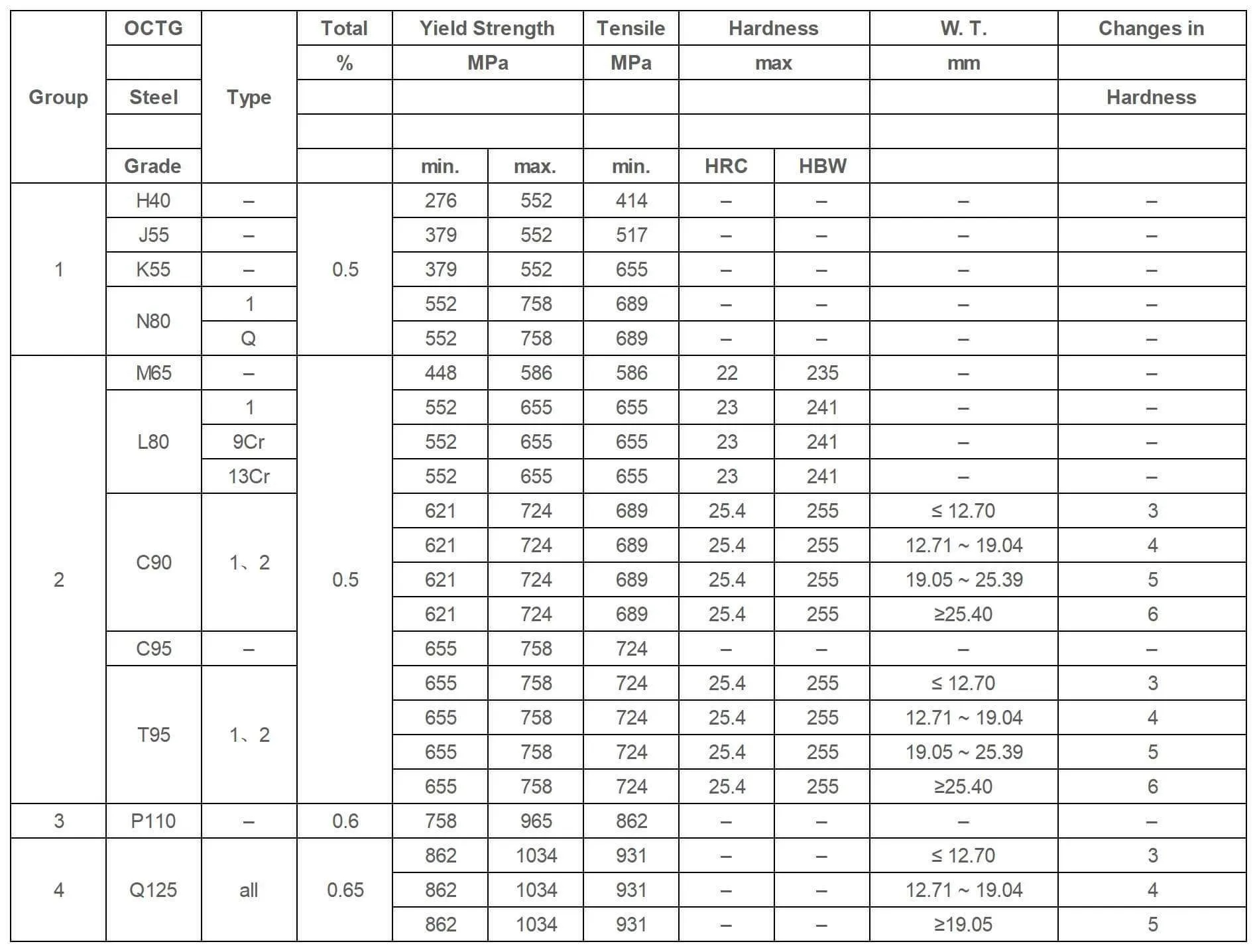Hydrostatic testing is a critical quality control measure during the production of steel pipe. The purpose of the hydrostatic test is to verify that the seam welds and pipe body can withstand the required internal water pressure without leaking. To conduct the test, water is pressurized and injected into the pipe. Once the water pressure reaches the specified level, the pipe is subjected to a thorough examination for leaks. Any leaks that are found are repaired and the hydrostatic test is repeated until the pipe passes inspection. This process ensures that the finished product can safely transport water or other fluids under high pressure without leaking.
- Bend Test
During the production of an API 5CT tubing and casing pipe, a bending test is conducted to ensure the quality of the weld. This test involves taking a sample of the steel pipe and subjecting it to a bending force. The results of the test are then evaluated to determine if there are any cracks in the weld. If no cracks are found, the pipe is deemed to be of acceptable quality. However, if cracks are found, the pipe is rejected and must be repaired or replaced. The bending test is an important part of the production process, as it helps to ensure that the final product is of high quality and will perform as intended.
- Flattening Test
Flattening tests are typically performed during the quality control testing of steel pipes, such as those produced according to the API 5CT specification. The flattening test is used to assess a sample pipe’s resistance to longitudinal deformation (i.e. crack growth) and its ability to maintain its shape under stress. The test is conducted by first welded a ring onto one end of the pipe sample. The other end of the sample is then placed in a jig, which compresses the entire length of the pipe along its longitudinal axis. Once the desired compression is achieved, the jig is released and the sample is removed for inspection. Any cracks or deformations that have occurred during the test are then documented and analyzed. The results of the flattening test can be used to assess the quality of the pipe and its suitability for use in various applications.
- CVN Impact Test
When it comes to tubing and casing pipe production, the impact test is an important quality control measure. Also known as the Charpy test, this test is used to assess a material’s ability to withstand impact. The test involves striking a specimen with a hammer and then measuring the amount of energy that is absorbed. The results are then compared to a standard to determine whether the material meets the required specification. There are three main areas that are tested during impact testing: the pipe body, the weld sea, and the heat-affected zone. By understanding the importance of this test, manufacturers can ensure that their steel pipes meet the required standards for strength and durability.

 English
English Español
Español




 Tel : +86-18565811709
Tel : +86-18565811709 Email :
Email : 







